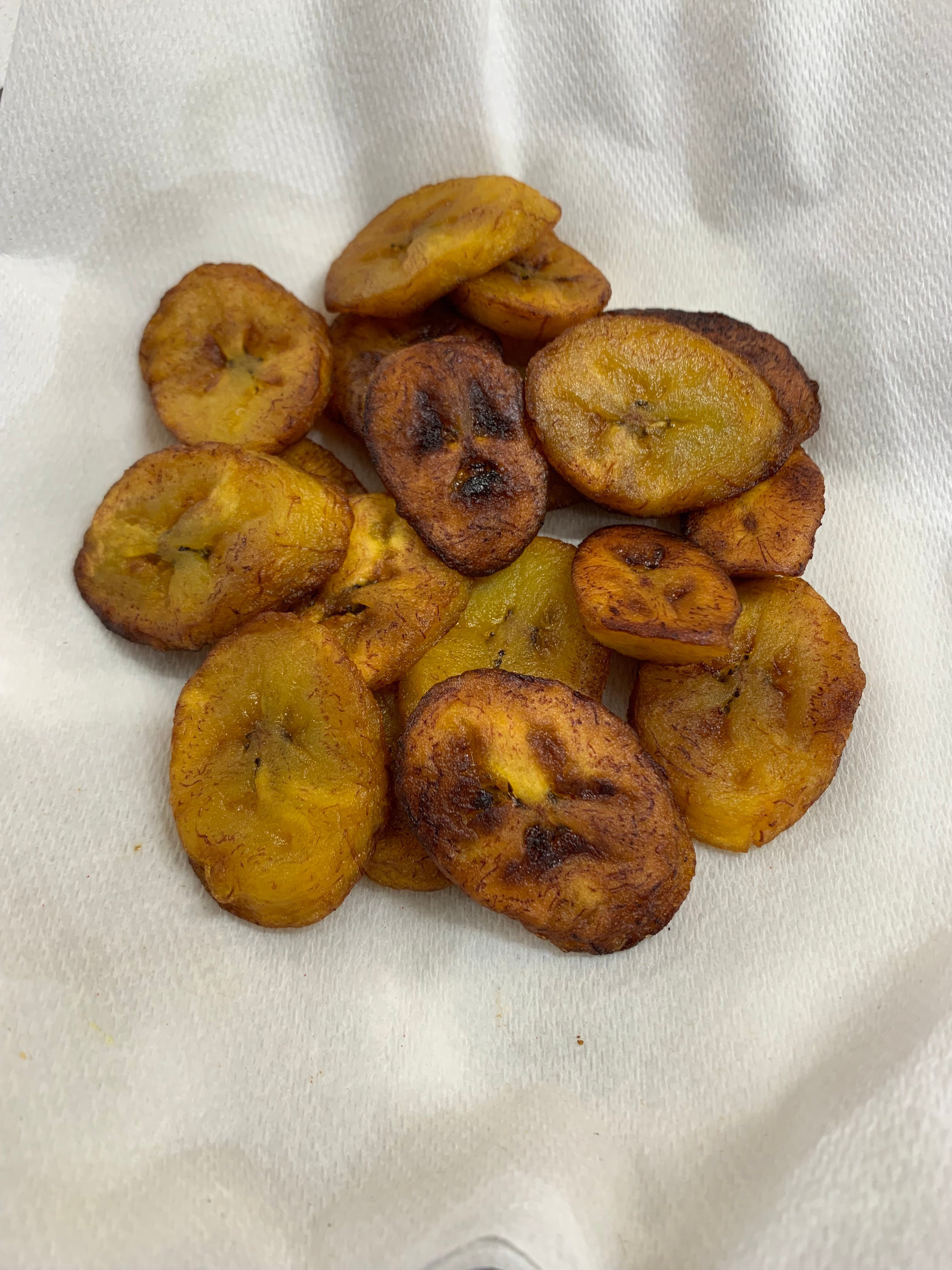Gonja is another quite popular delicacy enjoyed by many people in Uganda and many countries worldwide. Also known as plantain, gonja is also referred to as cooking bananas because it is generally used in cooking.
Gonja can be eaten ripe or unripe and is generally quite starchy. In many parts of Africa, plantains are often cooked as part of the main course or as a side dish. However, ripe plantains can also be eaten raw since their starches have been converted to sugars. They are different than bananas in that they are bigger and longer, are bright green when raw and turn yellow and then black as they ripen. Plantains also have thicker skins.
The three most common forms of cooking gonja are to deep-fry, boil or steam and charcoal or oven broiled and we are looking at the deep-fried version. The versatility of this cooking banana is remarkable and with some creativity one can serve this vegetable as an appetizer, in soups like molokoni and a dessert.
Ingredients
Instructions
Notes
The most important ingredient, and one that is absolutely necessary to make fried plantains is plantains themselves.
You can buy these at most grocery stores and food markets. Plantains are also readily available at Asian and Hispanic grocers.
When buying plantains, look for the ripe ones. Note that yellow slightly going black is the best.
Nutrition Information
 en
en 

 Français
Français Deutsch
Deutsch Italiano
Italiano Español
Español Tiếng Việt
Tiếng Việt Kreyol ayisyen
Kreyol ayisyen